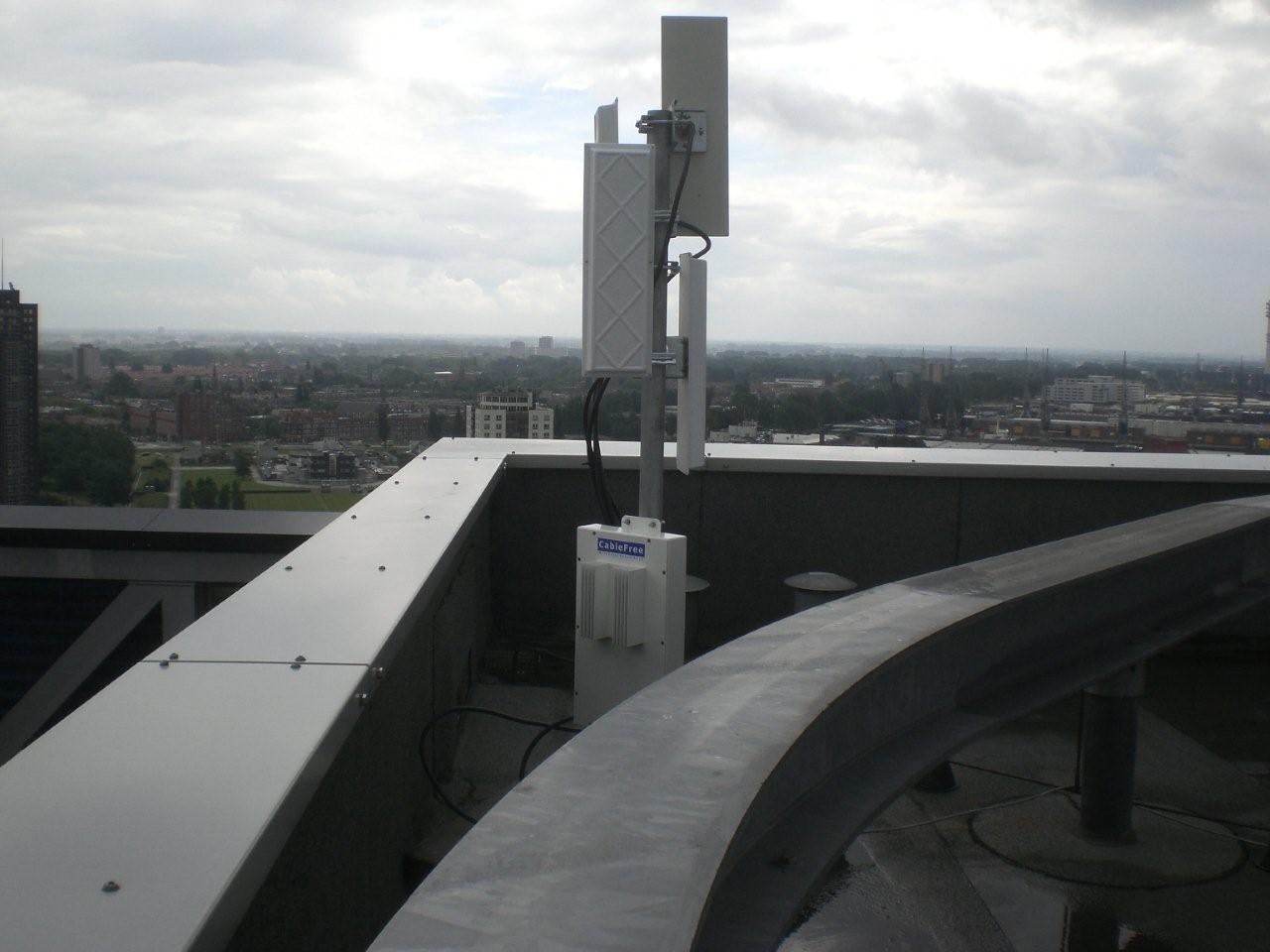
Picture a world where wires no longer restrict our communication. Imagine being able to share data and information across vast distances without the constraints of physical cables. Thanks to the incredible power of point-to-point wireless systems, this vision is becoming a reality. In this article, we’ll delve into the amazing world of wireless technology and explore how it improves the way we connect and communicate.
—Cutting Through the Airwaves: Discovering Wireless Freedom
Point-to-point systems operate on the principle of sending signals directly between two or more points without the need for physical connections. This cutting-edge technology utilizes radio waves to establish a seamless connection, ensuring uninterrupted communication between devices. Whether it’s transmitting data between buildings, linking remote locations, or facilitating communication in challenging terrains, point-to-point wireless systems offer incredible freedom and flexibility.
Gone are the days of relying solely on wired connections that limited our reach. With P2P wireless systems, the possibilities are endless. These systems can span vast distances, effortlessly bridging the gap between locations that were once isolated. Whether connecting a school to a nearby library, establishing communication between offices in different cities, or even linking remote villages to essential services, point-to-point wireless systems are truly transforming connectivity.
—From A to B in a Flash: Revolutionizing Connectivity
Point-to-point wireless systems have left an indelible mark on the world of connectivity. With their lightning-fast speeds and reliability, they’ve revolutionized the way we share information and stay connected. In the past, establishing connections between distant locations required extensive planning, heavy infrastructure investment, and time-consuming installations. Now, with P2P systems, the process is streamlined. Data transmits at high speeds, allowing businesses, governments, and individuals to access information instantly and efficiently.
These systems have also played a pivotal role in bridging the digital divide. In remote areas where laying physical cables is impractical or expensive, point-to-point wireless systems provide an accessible and cost-effective solution. They enable internet access, telecommunication, and educational resources to extend to places previously unreachable. This has not only improved communities but has also opened up opportunities for economic growth, education, and improved health systems.
—Embrace the Wireless Revolution
As we explore the power of P2P systems, it becomes evident that we are living in an era of boundless possibilities. From enabling seamless communication across vast distances to empowering remote communities, these systems have truly unleashed the magic of wireless technology. As we continue to embrace this revolution, let’s step into a future where connectivity knows no boundaries, and where the power of point-to-point wireless systems propels us into a world of endless opportunities.
—Ready to Transform Your Connectivity?
Experience the power of seamless connectivity with point-to-point wireless systems. Take action now to enhance your network performance and explore the possibilities.
Upgrade Your Connectivity Today!Learn More About Our Wireless SolutionsFrequently Asked Questions About Point-to-Point Wireless
A point-to-point (P2P) wireless system establishes a direct, dedicated wireless connection between two specific locations, often for transmitting data, voice, or video. Unlike traditional Wi-Fi that spreads a signal over an area, P2P focuses a powerful beam between two antennas, ensuring high speed and reliability.
P2P wireless offers several key advantages: cost-effectiveness (avoiding expensive trenching for cables), rapid deployment (quicker installation than fiber optics), flexibility for challenging terrains, and the ability to bridge long distances where physical cabling is impractical. They also provide high bandwidth and low latency, similar to wired connections.
Modern P2P wireless systems are highly reliable. They are designed for robust performance even in adverse weather conditions, often incorporating technologies like MIMO (Multiple-Input, Multiple-Output) and advanced interference mitigation. Proper planning, line-of-sight, and professional installation ensure maximum uptime and consistent performance.
P2P systems are used in diverse applications, including connecting buildings in a campus environment, providing internet access to remote areas, linking CCTV cameras across distances, enabling private network extensions for businesses, and backhauling data for cellular networks. They are ideal for any scenario requiring a dedicated, high-speed link between two fixed points.
Security is paramount in P2P systems. Reputable systems use strong encryption protocols (e.g., AES 256-bit), secure authentication methods, and often incorporate narrow beamwidths that make it very difficult for unauthorized parties to intercept signals. When properly configured by professionals, P2P wireless links are highly secure, often matching or exceeding the security of wired connections.




